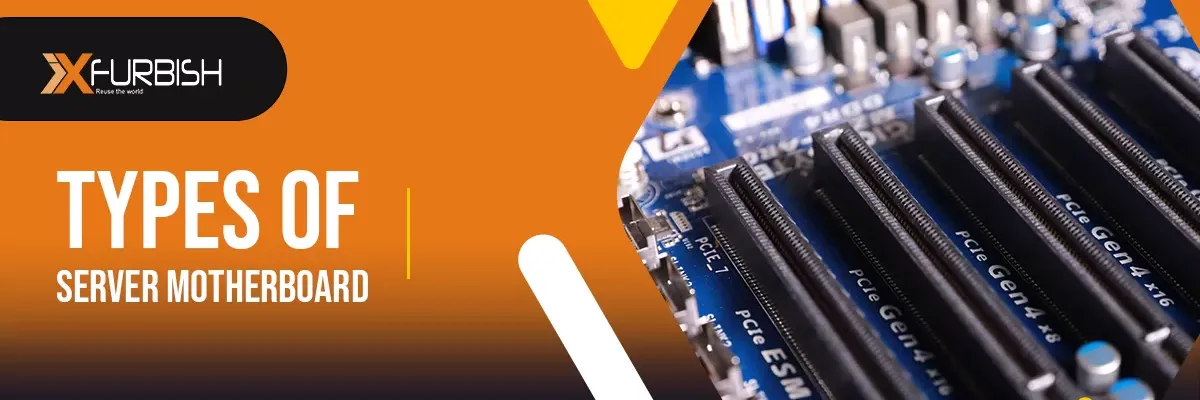
The choice of the correct motherboard will affect the other components aspects of what you build, including the case and the RAM, power supply, and processor. These are the various types of server motherboard components.
The main benefit of using an old-fashioned server motherboard might have two CPU sockets rather than the single socket found on the ATX desktop motherboard. Don't confuse the number of CPUs concerning the total number of cores in the processor
Another crucial aspect is the kind of work that the motherboard will be providing support for, in terms of speed and power needed for memory capacity.
Servers typically require a large amount of processing power to cope with operating several computers. Server motherboards have various memory x16 slots that can handle high-performance demands as needed.
What is a Server Motherboard?
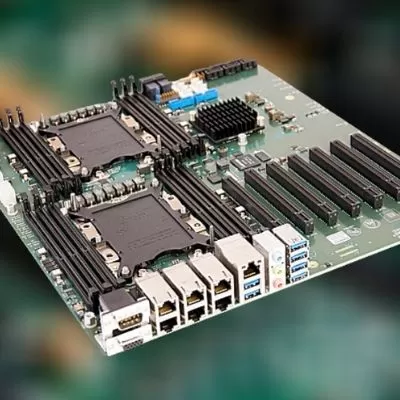
Server motherboards may include two processors, which can boost performance in games that utilize the soon-to-be released DirectX 12 (DX12) Application Programming Interface (API), which uses multi-processing cores in various types of server motherboard.
When DX12, as well as AMD's Mantle, amd ryzen, is utilized in the future, the 8-core Intel system may offer performance that is comparable to or even better than the current two and four-core processors.
But, before you decide on one processor, you need first to select the motherboard that determines the socket for the processor compatibility.
For manufacturers, Supermicro is highly recommended as they offer more compatibility with operating systems and are often compatible in conjunction with Linux or Windows 7.
A lot of them are capable of being upgraded with Windows 10. But, there are plenty of Supermicro boards available with different CPU sockets. A CPU socket decides on the type of processor you can use.
Various Types of Server Motherboard
The server motherboard is also referred to as a mainboard multiprocessor board, and the system board is the host for the most important aspects of a computer.
This includes the capacity of memory, processor speed, and expansion capabilities; these all are used in storage server motherboards.
It is different from a normal motherboard for a home or desktop computer by having features that allow for coordinating a network of computers.
The server motherboard is connected to other computers via networks and will enable them to communicate.
It demands a higher capability for processing and working and offers a variety of enhanced options to satisfy these needs.
- Amd Server Motherboard.cpu socket
- CPU socket Server Board.
- Dual Processor Motherboard.
- Dual Socket Motherboard.
- Dual Cpu Motherboard.
- Motherboard Cpu Bundle.
AMD Server Motherboard
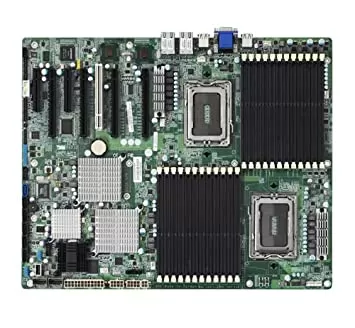
Most of the servers have good performance because of the motherboard and the components
People need to know the right motherboard to enjoy maximum performance accordingly. AMD server motherboards have a reputation for heavy-duty handling operations.
Most people prefer using AMD Server motherboards for gaming purposes; however, the product is well versed with other functionalities.
CPU Socket Server Board
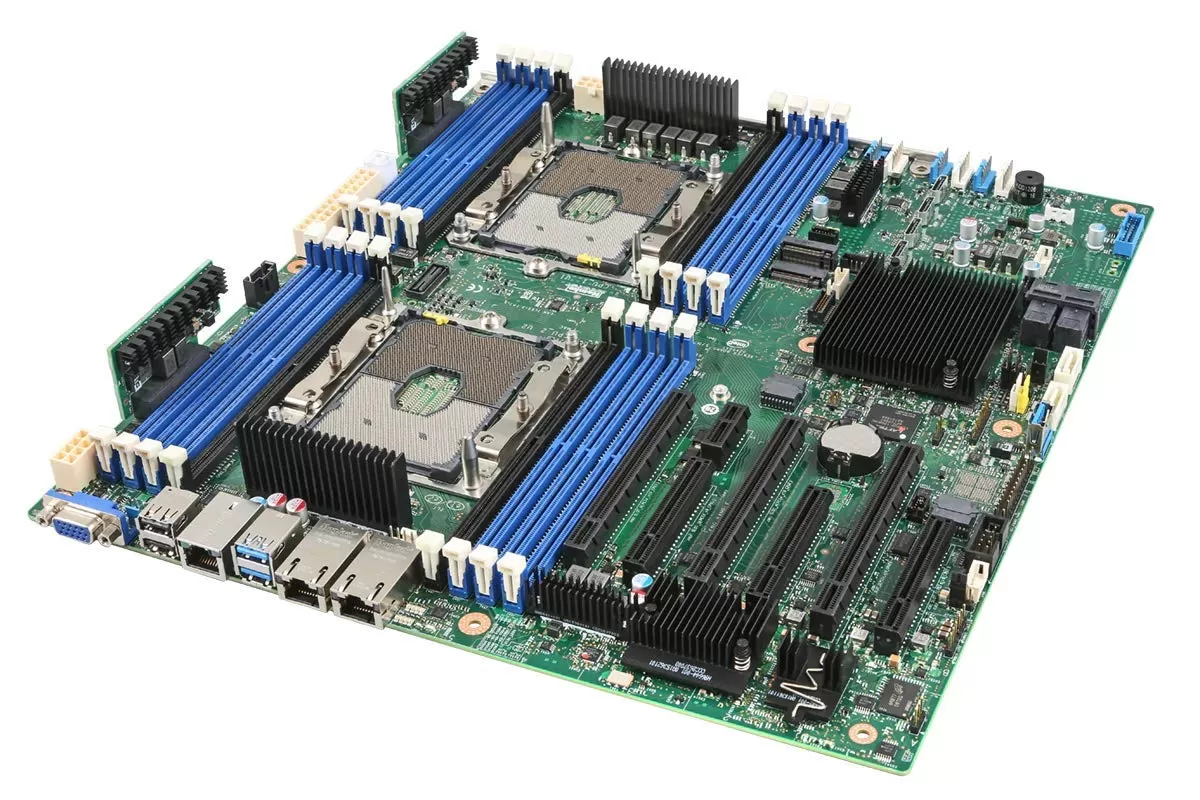
CPU Socket Server motherboards were used extensively a few years ago. However, the boards are going out of the market nowadays due to advanced options.
CPU Socket server motherboards come with multiple sockets that can install CPUs or Processors based on the requirement
It offers a wide room to customize the server based on necessity.
Dual Processor Motherboard
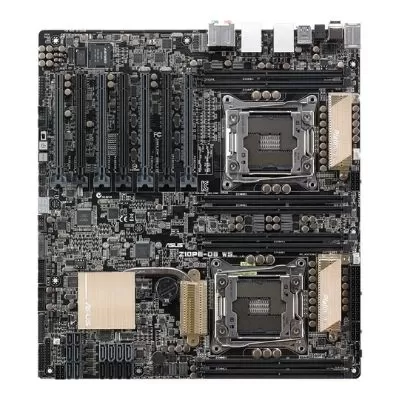
Processors have been changing and evolving from time to time. Some of the previous generation motherboards were operating with a single processor module, and therefore, the performance was not consistent.
The Dual Processor motherboards come with the capability to handle more tasks without lags.
Dual Socket Motherboard
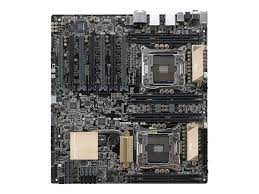
It is a fact that components in the motherboards play a vital role in delivering performance.
Most people prefer going with a customized configuration because it allows them to use it for different purposes.
Dual Socket motherboard is powered with multiple options for connection. Hence, using dual-socket motherboards is essential for better performance.
Dual CPU Motherboard
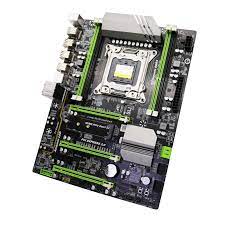
Motherboards are a part of the CPU and one of the important components for any server. The board comprises various components to keep a hold of performance.
Some motherboards are known to be used for large-scale applications with higher configurations.
Few motherboards come with adding two CPUs or Processors to scale up the performance. <\p>
Using Dual CPU Motherboards is highly useful if you look forward to using them for heavy-duty applications.
Motherboard CPU Bundle
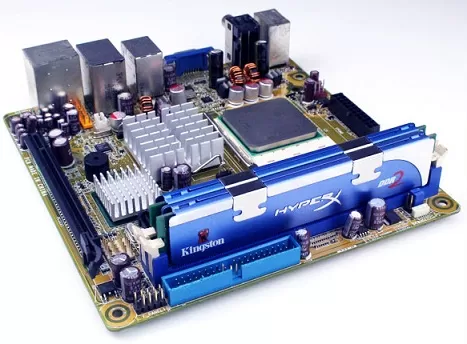
Most server manufacturers have adopted based on the market requirement to attract more buyers in the market.
Therefore, motherboard manufacturers offer a CPU bundle that covers major specifications effectively.
Server Motherboard Form Factors
Best Server motherboards are offered in a range of forms aspects, which are simply specifications that determine a motherboard's dimensions, shape, the hole for mounting, supply of power, and other functions that come under form factors of server motherboard.
ATX is the largest and most popular type of server motherboard with a 12-inch length and 9.6 inches deep.
However, you'll also find eATX server motherboards too (12 inches by 13 inches) because the eATX form factor is specifically designed for rackmount server.
Which contain more circuitry and components than the less compact ATX design can hold. These two are the best server motherboard for gaming purposes.
Like ATX or eATX, SSI form factors can support multiprocessor or dual processor motherboards, but they're a bit more wide or deep and come with various mounting holes and I/O options.
Memory in Server Motherboard
When the power of computers and memory requirements grow and memory requirements increase, the server motherboard should include a sufficient amount of slots to allow for the growth and stability of the overall system
Best Server motherboards can choose from a wide range of options to accomplish this aim.
Selecting from the numerous possibilities for server motherboards can be challenging.
However, one can decide the appropriate high performance and speed required by the server, and the many options available can be managed accordingly.
Crucial Components Of The Server Motherboards
It is inextricably linked to the kind of computer it supports, which is why the server motherboard cannot be considered a distinct component within the system, in large part due to compatibility issues.
One example is that one of the most important components of the server motherboard is chipsets, and they are one of the primary chips that carry out the primary functions of the motherboard.
For instance, certain models of computers are supported only by chipsets produced by the same firm.
Chipsets can determine things like memory type and memory channels, as well as memory speed and memory capacity.
Certain processors can have these memory functions controlled by the actual processor instead of the server's motherboard, so certain brands may have configurations that are distinct from the other brands.
Server motherboards are made up of components.
CPU Sockets
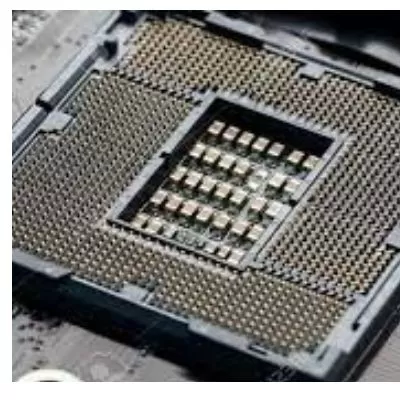
Two of the most appropriate components of server motherboard sockets are those of the Core 2 Duo generation of LGA771 socket and socket Nehalem generation of sockets LGA1366.
LGA771 is a socket that uses DDR2 RAM or FB-DIMM RAM, while LGA1366 is based on DDR3.
Both types of server motherboards are available with dual-socket configurations. Below is the dual-socket LGA1366 Supermicro motherboard E-ATX:
PCIe Speeds:
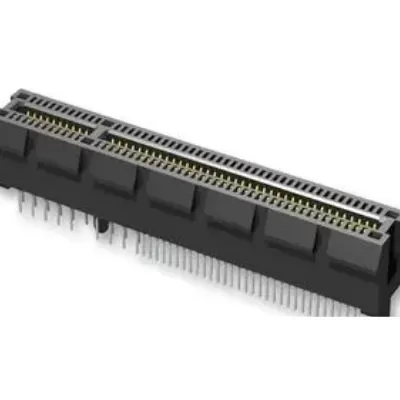
The majority of LGA771 and LGA1366 sockets have support for the x8 and 16 PCIe speeds. However, the motherboards weren't made to hold the full-length PCIe GPU.
This means that users must locate PCIe GPUs with shorter lengths or measure their motherboards to determine if the GPU raid 0 they want to use can fit on the motherboard.
If you find components of the server motherboard with CPUs, ensure that the heatsink-fan combo is in place, and it can be costly.
The RAM
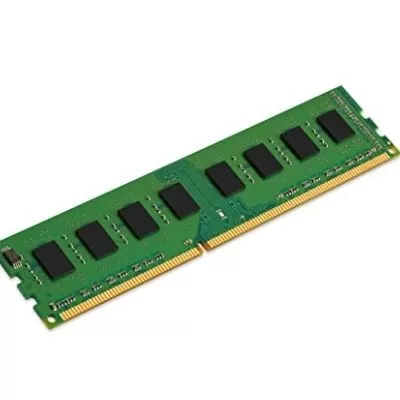
As previously mentioned, the motherboard determines the kind of RAM you're using. Unfortunately
Most DDR2 server motherboards need either ECC DDR2, ECC registered DDR2, or FB-DIMM RAM; these are the main components of server motherboards.
The FB-DIMM form is a distinct element compared to DDR2 memory modules, making it difficult to connect with specific motherboards.
Here's an illustration of the way DDR2 differentiates itself from an FB DIMM stick:
You'll see that they're not pin-compatible, and it is essential to choose the right RAM.
An FB-DIMM memory slots isn't compatible with the DDR2 socket, while a DDR2-ECC memory stick can fit in the DDR2 socket.
These all are main components of the server motherboard However, it's likely to not work on a motherboard that does not support ECC memory slots.
Although DDR2 RAM is almost free specifically for 2GB or 1GB sticks, ECC and FB-DIMM memory are notoriously unstable and have greater latencies than non-ECC RAM.
These all are used as a gaming server motherboard(which is not good).
In addition to that, ECC RAM intel core,can be very demanding regarding the type of motherboard it is compatible with for gaming server motherboard purposes.
The best way to ensure compatibility is to buy a motherboard with RAM. Alternatively, you can look up the motherboard's list of RAM compatibility on the manufacturer's site.
The Power Supply
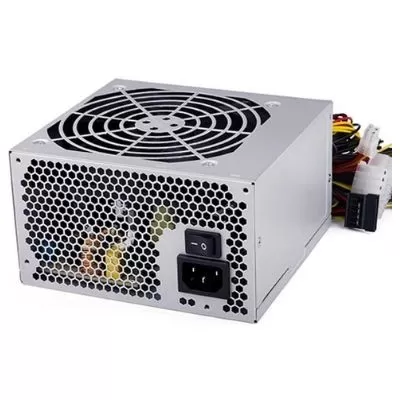
The process of selecting a power supply could also be a challenge. You can read about choosing the right power supply for those who aren't familiar with the subject.
Pay attention to the power output of your system and the number of power pins for your CPU required to the motherboard.
Dual socket motherboards need greater electricity than single socket motherboards. Most motherboards will feature an 8-pin power connector for CPUs.
This implies it is necessary that your power source also needs to be equipped with the 8-pin (4+4) instead of the standard 4-pin power connector for CPUs; however, you can purchase the adapter cable.
Concerning the load capacity, many 600-watt power supplies can be used in a dual-processor setup.
However, to get better stability, you may want to increase the power consumption. Old server boards can be very power-hungry.
Also, it would be best if you thought about the demands on the graphics card you are using.
The CPU and Heatsink-Fan
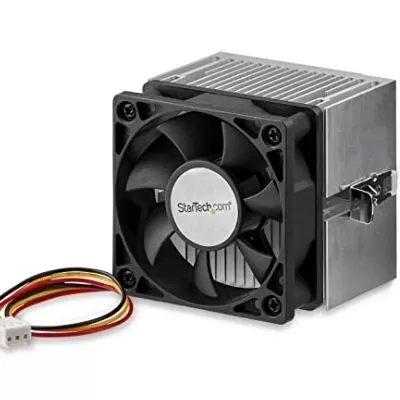
The CPU and heatsink fan is controlled through the motherboard (how to place the cooling fan for a CPU).
There are four types of processors compatible with LGA771 or LGA1366 sockets.
There are two options:
Penryn and Core designs are more affordable
However, I'd say it's the latter that Westmere or Nehalem is more efficient because they employ DDR3 RAM and the LGA1366 socket, making finding heatsink fans a more straightforward (and cost-effective) process.
It is of particular interest that both Nehalem-EP and Westmere feature the hexacore (and more) processors.
These are slightly higher than quad-cores; however, they can be created on your own 12 core machine.
However, a few do not utilize the standard sockets for servers, and their configurations can cause compatibility problems. I don't recommend using anything more than the quad-core.
Conclusion
You need to check for the right and best types of server motherboard suitable for your applications.
Every user would require a specific motherboard that can perform based on the storage server motherboard required.
The above information plays a vital role in deciding the best server motherboard without hassles.
Dual central processing units (CPU) socket motherboards and quad-CPU socket motherboards are designed to meet increasing performance and storage requirements.
The most powerful users of these systems are typically high-volume crunchers like astronomers, mathematicians, physicists, mathematicians, and financial institutions.
